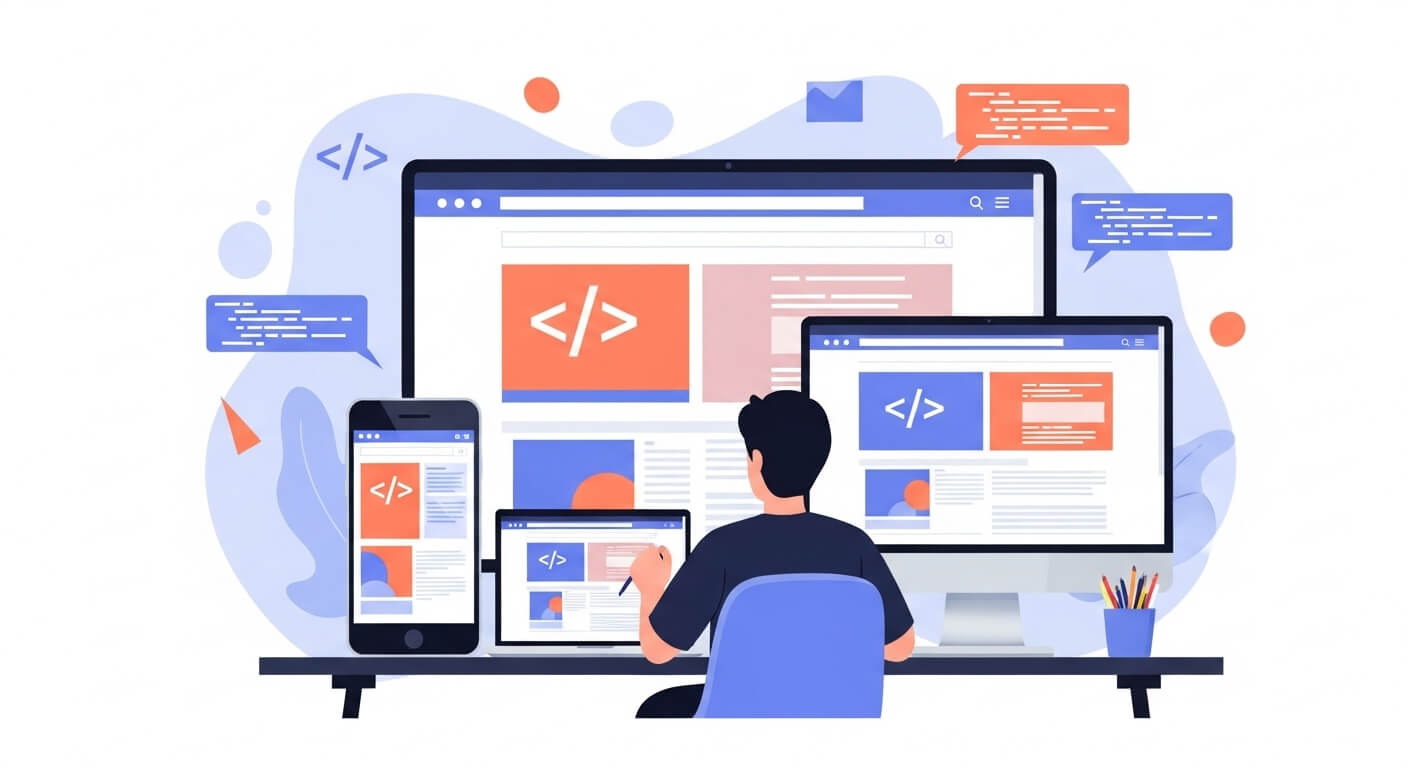In modern web design, CSS set width based on screen resolution is a critical technique for building fluid, responsive layouts. Whether you’re designing for a mobile screen or a 4K desktop monitor, controlling width based on screen resolution ensures optimal user experience and accessibility.
In this guide, we’ll explore 7 powerful methods you can use to apply CSS widths dynamically, enhancing responsiveness and cross-device compatibility.
You may like: HTML Meta Tag Redirect: 7 Powerful Ways for Seamless Redirection
Why You Should Use CSS Set Width Based on Screen Resolution
Today, users access websites through a wide range of devices—phones, tablets, laptops, and ultra-wide monitors. If your layout doesn’t adjust dynamically, users may encounter broken interfaces, squished content, or horizontal scroll bars.
This is where CSS set width based on screen resolution comes in. It helps you:
- Improve user experience
- Enhance accessibility
- Optimize layout for different devices
- Decrease bounce rates
- Increase SEO performance
Let’s dive into the most effective ways to apply this approach.
Use Media Queries to Set Widths Responsively
@media screen and (max-width: 768px) {
.container {
width: 90%;
}
}
@media screen and (min-width: 769px) and (max-width: 1200px) {
.container {
width: 80%;
}
}
@media screen and (min-width: 1201px) {
.container {
width: 70%;
}
}Media queries are the foundation of CSS set width based on screen resolution. They allow you to target screen sizes precisely, applying different widths for mobile, tablet, and desktop views.
🔗 Learn more about media queries on MDN
Use Percentage Widths for Fluid Layouts
Setting widths using percentages allows elements to adjust proportionally to their parent containers or screen size.
.content {
width: 75%;
}This ensures your design remains flexible without the need for excessive breakpoints.
Max-Width and Min-Width for Control
Combining width with max-width and min-width gives you more precise control over your layout, even on ultra-large or small screens.
.section {
width: 100%;
max-width: 1200px;
min-width: 300px;
}These rules protect your layout from stretching too wide or compressing too much, enhancing the behavior of CSS set width based on screen resolution.
Use Viewport Units (vw, vh)
Viewport width (vw) is a powerful unit to set width relative to the screen size.
.banner {
width: 90vw;
}Using vw means the width will always be 90% of the viewport, regardless of device.
🔗 Viewport units explained on CSS-Tricks
Flexbox and Grid for Dynamic Width Control
While not a direct way to apply CSS set width based on screen resolution, using Flexbox and CSS Grid systems helps automatically adjust child element widths according to available space.
.container {
display: flex;
flex-wrap: wrap;
}
.item {
flex: 1 1 300px;
}These techniques ensure responsive behavior with fewer media queries.
Clamp() for Responsive Sizing
The clamp() function lets you create a fluid width value that stays within a min-max range.
.card {
width: clamp(300px, 50%, 600px);
}This is one of the modern ways to implement CSS set width based on screen resolution effectively.
Frameworks That Support Responsive Widths
Frameworks like Bootstrap, Tailwind CSS, and Foundation come with built-in responsive utilities that simplify applying CSS set width based on screen resolution.
For example, in Tailwind:
<div class="w-full md:w-3/4 lg:w-2/3">
Responsive Width Container
</div>🔗 Explore Tailwind CSS Responsive Width Docs
SEO & Performance Benefits
Using CSS set width based on screen resolution isn’t just good for design—it’s great for SEO too:
- Google prioritizes mobile-friendly pages in search rankings.
- Adaptive layouts reduce page abandonment.
- Faster loading times through optimized media and layout flow.
According to Google’s Mobile-First Indexing, ensuring responsive design is a key ranking factor.
Best Practices to Remember
- Use
emorremunits for consistent spacing. - Combine relative (
%,vw) and absolute (px) units when needed. - Always test on multiple screen sizes using dev tools or services like BrowserStack.
- Avoid hard-coded pixel widths whenever possible.
Conclusion
Using CSS set width based on screen resolution is a foundational technique for creating responsive, future-proof websites. From media queries to flexible units and modern CSS functions like clamp(), you have several tools at your disposal to build fluid layouts that look great on every screen.
Whether you’re a beginner or an experienced developer, mastering these techniques will elevate your design and ensure that your websites are both user- and SEO-friendly.


Leave a Reply